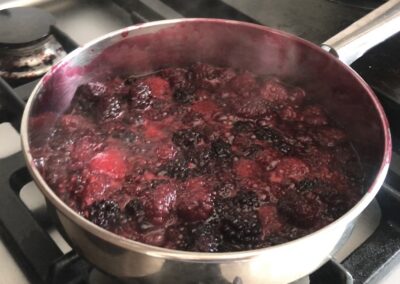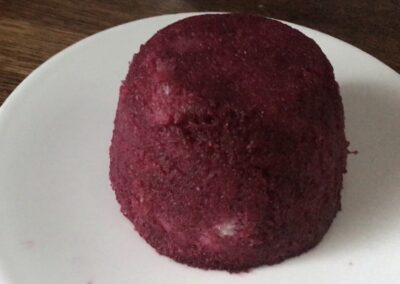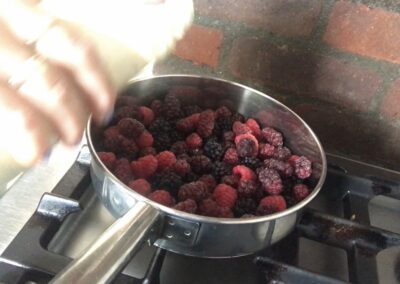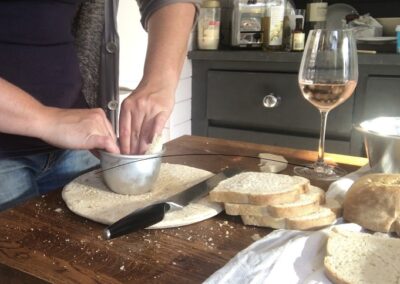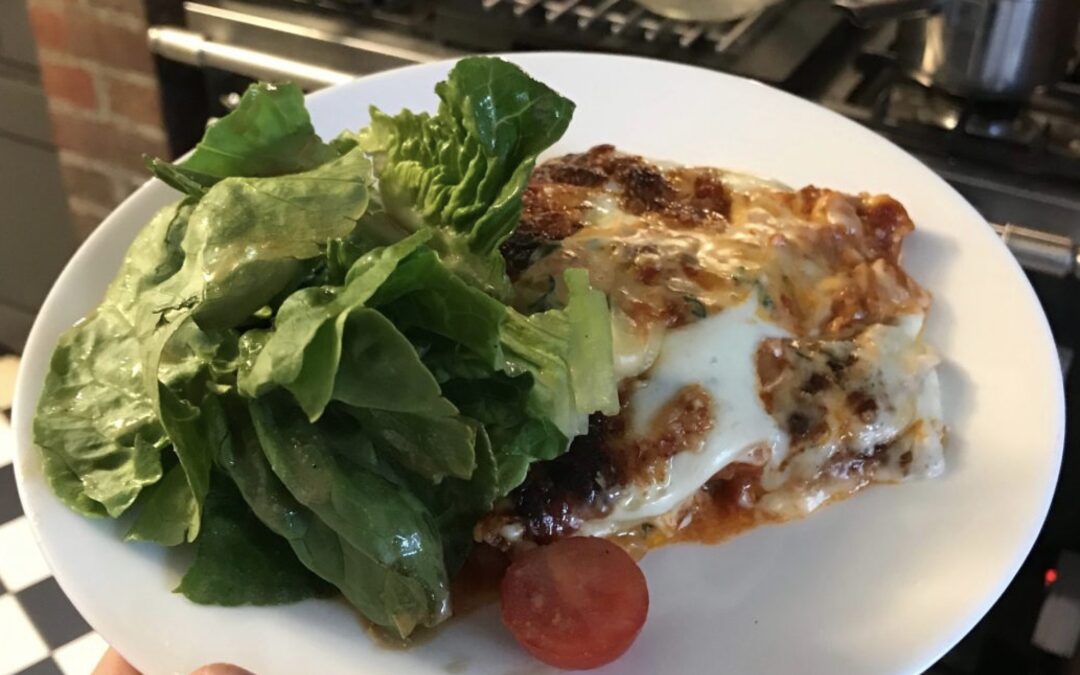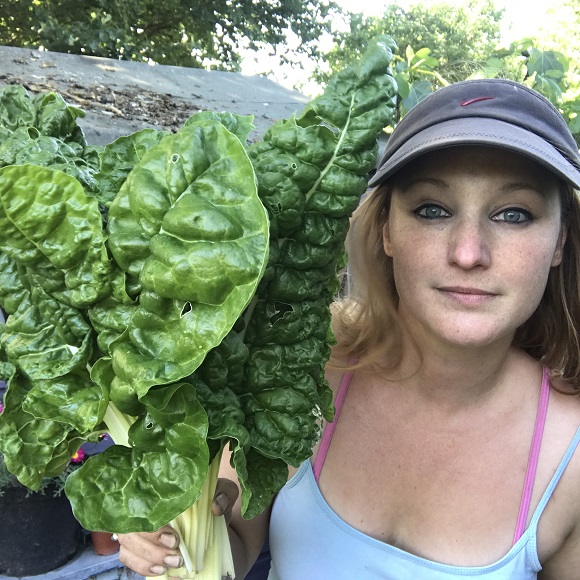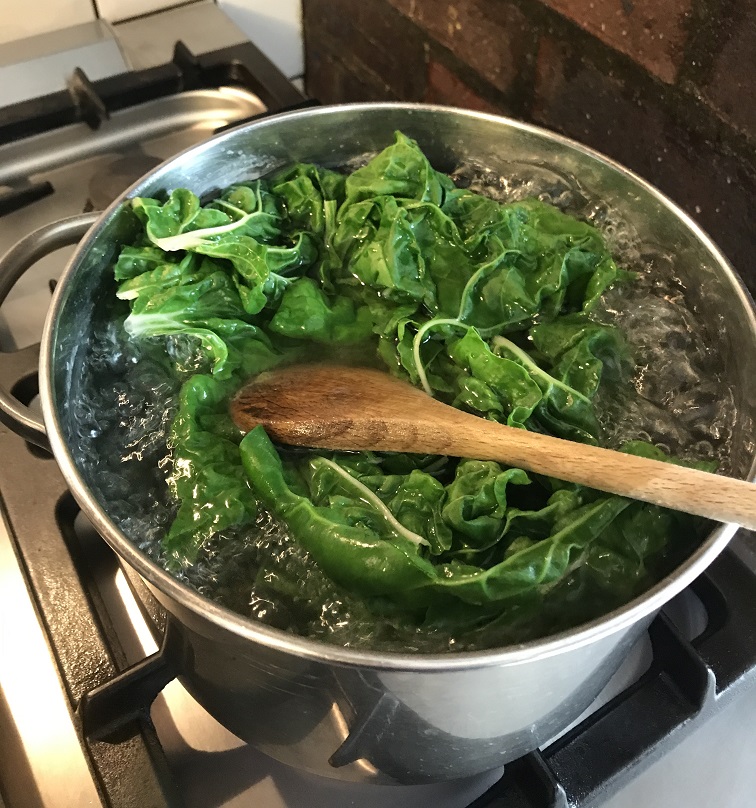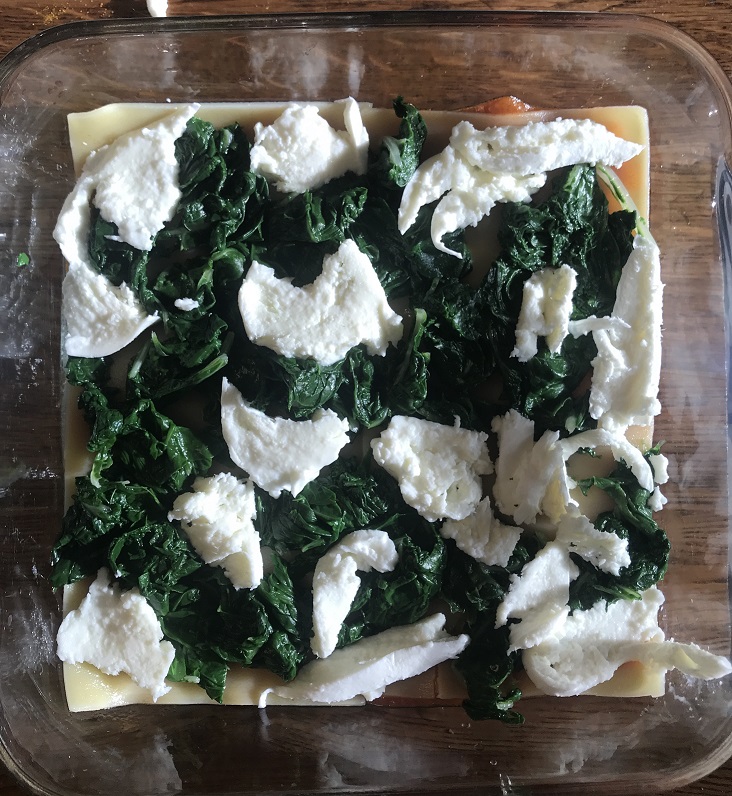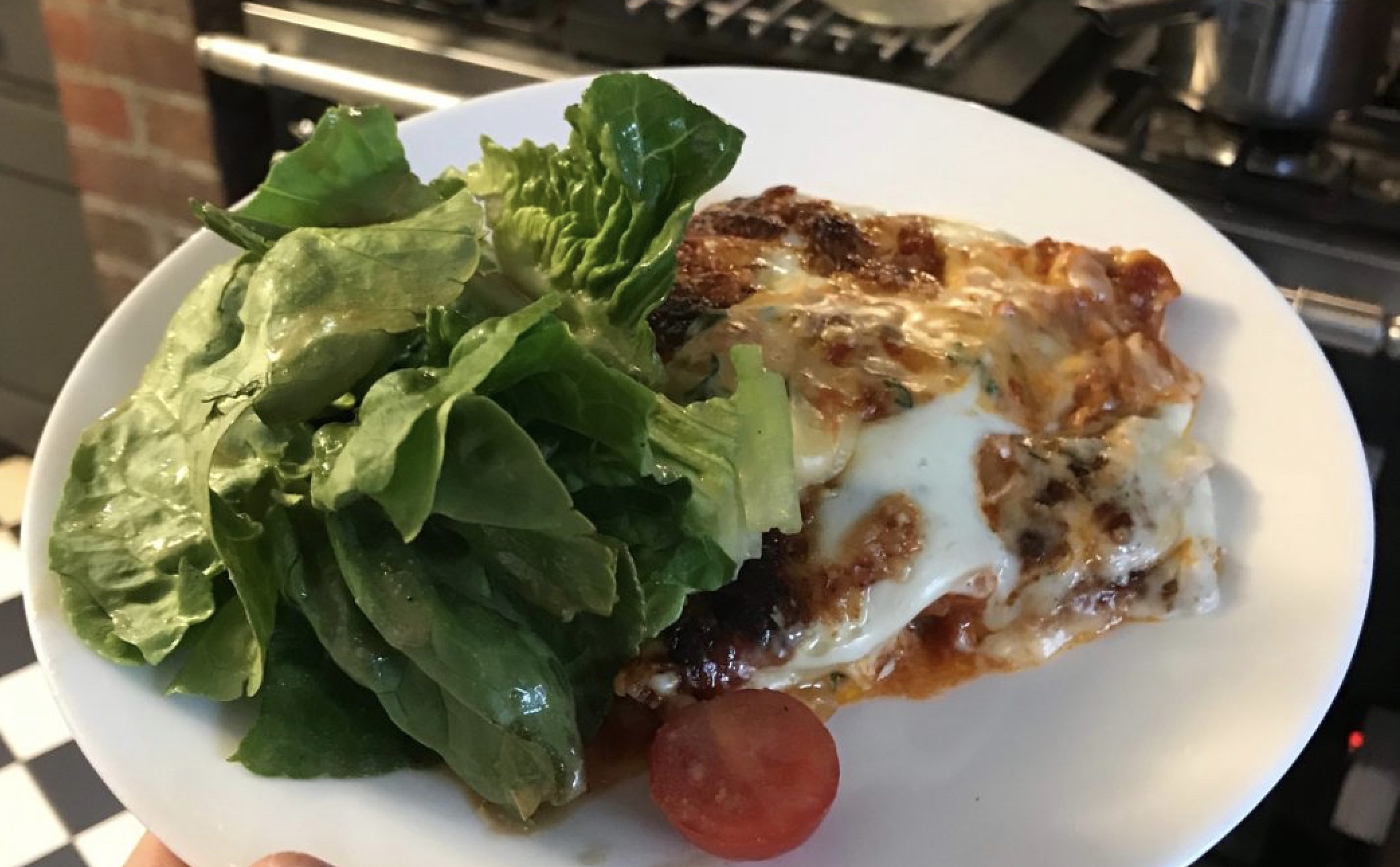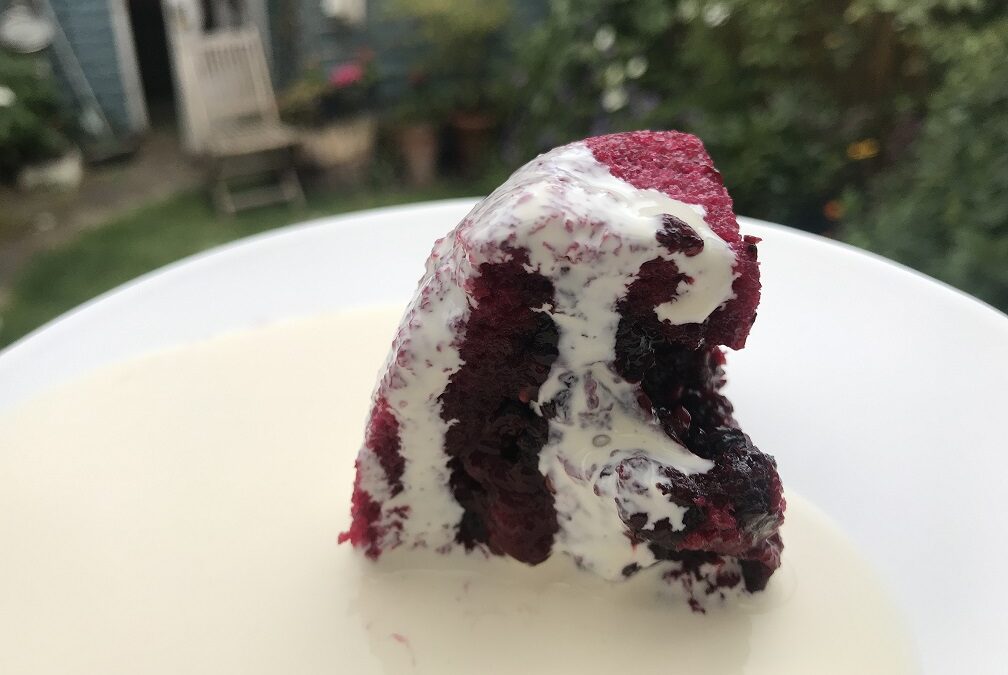
Summer Fruit Pudding…
Summer Fruit Pudding
This is the easiest of puddings, it really is. And you can use up all sorts of fruit gluts in it! I’m useing a mix of Mulberries, Blackberries and Raspberries but Red Currants, Black Currants, Stawrberries, Blueberries, Cherries….etc all work fantastically. I’ve even put rhubarb in it before and it was fab.
INGREDIENTS
- Sliced white bread. Stale is fine, but you don’t want too many holes in it
- Mixed summer fruit, enough so that when uncooked it will fill your ramekin twice over.
- Sugar. Again, this depends a little on the fruit you’re using. Lots of strawberries will require less than redcurrants, for example but roughly 1 tablespoon per 100g of fruit.
Also a ramekin or tub. With sloping sides for ease of extraction!
A saucer that fits over the top.
Something heavy to compress it.
METHOD
First thing is to put the fruit and sugar into a shallow pan, with a lid. No need to stir, just put the heat on low and the lid on. This will take about 5-10mins until the fruit starts to bubble. Be careful not to burn it because the sugar can catch but generally the lid should keep the moisture in. You want the fruit to be cooked, and the juice and sugar to have formed a syrup but the fruit hasn’t turned to mush. Then just turn the head of and leave it to cool.
While thats cooling down, line your ramekin with a double layer of cling film (I dont do this because i know the puddings drop easily out of my containers but if you’re unsure, it really does help with getting them out at the end!)
Then slice your bread into 1cm thick slices. The only two impotant bits are to cut a disk for the top and one for the bottom, both just slightly larger than they need to be.
Start by placing your top disk into the base of the ramekin and then make your sides with the bread. You can try to be pretty about this but it never works out for me and doesn’t matter in the end anyway so just make sure the walls are covered and any holes are filled.
Then once the fruit mixture is cool enough, spoon it into the bread case. I would definitely spoon it rather than tip because you have more controll over the bread walls doing it slowly and pressing it down as you go. Once its completely full place the bottom bread disk on top and put the saucer or fitting tim on top, pushing down to compress it all. There will be oozing… Place your heavy object or weights on top and put it in the fridge!
You’ll then need to chill it over night preferably but for 4 hours minimum to allow the bread to soak up the juices and the syrup to set.
When your ready to serve, remove the weights and saucer and tip it out onto the serving plate, slice and serve with a load of double cream or ice cream…

